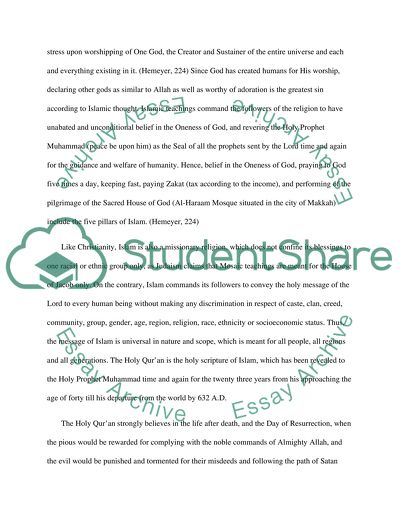Cite this document
(“Religions (two traditions) and the Modern World Essay”, n.d.)
Religions (two traditions) and the Modern World Essay. Retrieved from https://studentshare.org/miscellaneous/1575583-religions-two-traditions-and-the-modern-world
Religions (two traditions) and the Modern World Essay. Retrieved from https://studentshare.org/miscellaneous/1575583-religions-two-traditions-and-the-modern-world
(Religions (two Traditions) and the Modern World Essay)
Religions (two Traditions) and the Modern World Essay. https://studentshare.org/miscellaneous/1575583-religions-two-traditions-and-the-modern-world.
Religions (two Traditions) and the Modern World Essay. https://studentshare.org/miscellaneous/1575583-religions-two-traditions-and-the-modern-world.
“Religions (two Traditions) and the Modern World Essay”, n.d. https://studentshare.org/miscellaneous/1575583-religions-two-traditions-and-the-modern-world.


